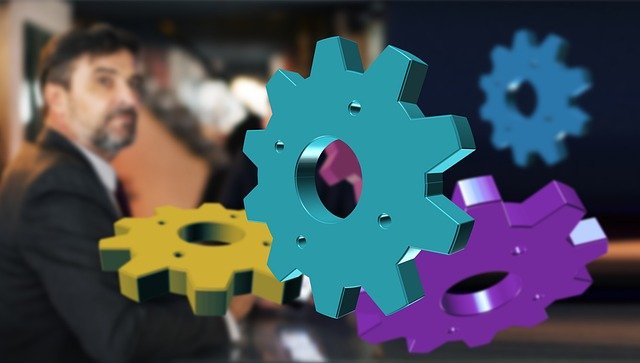Holographic Art: The Future of Visual Expression
In the ever-evolving landscape of contemporary art, a groundbreaking medium is emerging that challenges our perceptions of reality and pushes the boundaries of visual expression. Holographic art, once confined to the realm of science fiction, has become a tangible and increasingly popular form of creative expression. This cutting-edge medium combines advanced technology with artistic vision, creating immersive experiences that blur the lines between the physical and digital worlds. As artists and technologists collaborate to explore its potential, holographic art is poised to revolutionize the way we interact with and perceive visual art in the 21st century.

Technological Advancements Driving Artistic Innovation
Recent years have seen significant advancements in holographic technology, making it more accessible and versatile for artists. The development of digital holography, which uses computer-generated imagery and spatial light modulators, has opened up new possibilities for artistic expression. Additionally, the miniaturization of holographic displays and the integration of augmented reality technologies have expanded the potential applications of holographic art beyond traditional gallery spaces.
The Unique Characteristics of Holographic Art
Holographic art offers a distinctive set of qualities that set it apart from traditional visual media. The ability to create true three-dimensional images that can be viewed from multiple angles provides artists with a new spatial dimension to explore. Furthermore, the interplay of light and color in holographic works creates a dynamic, ever-changing viewing experience that captivates audiences in ways that static artworks cannot.
Notable Holographic Artists and Their Works
A new generation of artists is embracing holographic technology to create groundbreaking works. Japanese artist Hiro Yamagata’s large-scale holographic installations, such as Quantum Field X3, have transformed public spaces into immersive, otherworldly environments. Meanwhile, British artist Matthew Andrews combines traditional sculpture with holography in his series Holographic Objects, challenging our perceptions of materiality and form.
The Impact of Holographic Art on Museums and Galleries
As holographic art gains recognition in the art world, museums and galleries are adapting to showcase these unique works. Institutions like the MIT Museum in Cambridge, Massachusetts, have established dedicated holography exhibits, while others are incorporating holographic displays into their existing collections. This integration presents both opportunities and challenges, as curators grapple with the technical requirements and preservation needs of holographic artworks.
Holographic Art in Public Spaces
The potential of holographic art extends beyond the confines of traditional art institutions. Public art projects are increasingly incorporating holographic elements to create interactive and engaging experiences for urban audiences. From holographic billboards in Times Square to projected holograms in public parks, these installations are transforming cityscapes and redefining the concept of public art.
The Intersection of Holographic Art and Performance
Holographic technology is also finding its way into the performing arts, creating new possibilities for stage design and theatrical experiences. Holographic projections are being used to create virtual sets, bring historical figures to life on stage, and even resurrect deceased performers for posthumous concerts. This fusion of holography and performance art is blurring the lines between the physical and digital realms, offering audiences entirely new forms of entertainment.
Challenges and Ethical Considerations
As with any emerging technology, holographic art raises important ethical questions. The ability to create lifelike three-dimensional representations of people and objects has implications for privacy, identity, and intellectual property. Additionally, the energy consumption and environmental impact of large-scale holographic installations have come under scrutiny, prompting artists and technologists to explore more sustainable approaches.
The Future of Holographic Art
Looking ahead, the potential applications of holographic art seem limitless. As technology continues to advance, we can expect to see more sophisticated and immersive holographic experiences. The integration of artificial intelligence and interactive elements may lead to holographic artworks that respond dynamically to their viewers, creating personalized experiences. Furthermore, the development of holographic telepresence technologies could revolutionize long-distance collaboration among artists and enable new forms of global artistic exchange.
In conclusion, holographic art represents a fascinating convergence of art and technology, offering new avenues for creative expression and audience engagement. As this medium continues to evolve, it has the potential to reshape our understanding of visual art and redefine the boundaries of human perception. The future of holographic art is bright, promising a world where imagination and reality intertwine in ways we are only beginning to imagine.





